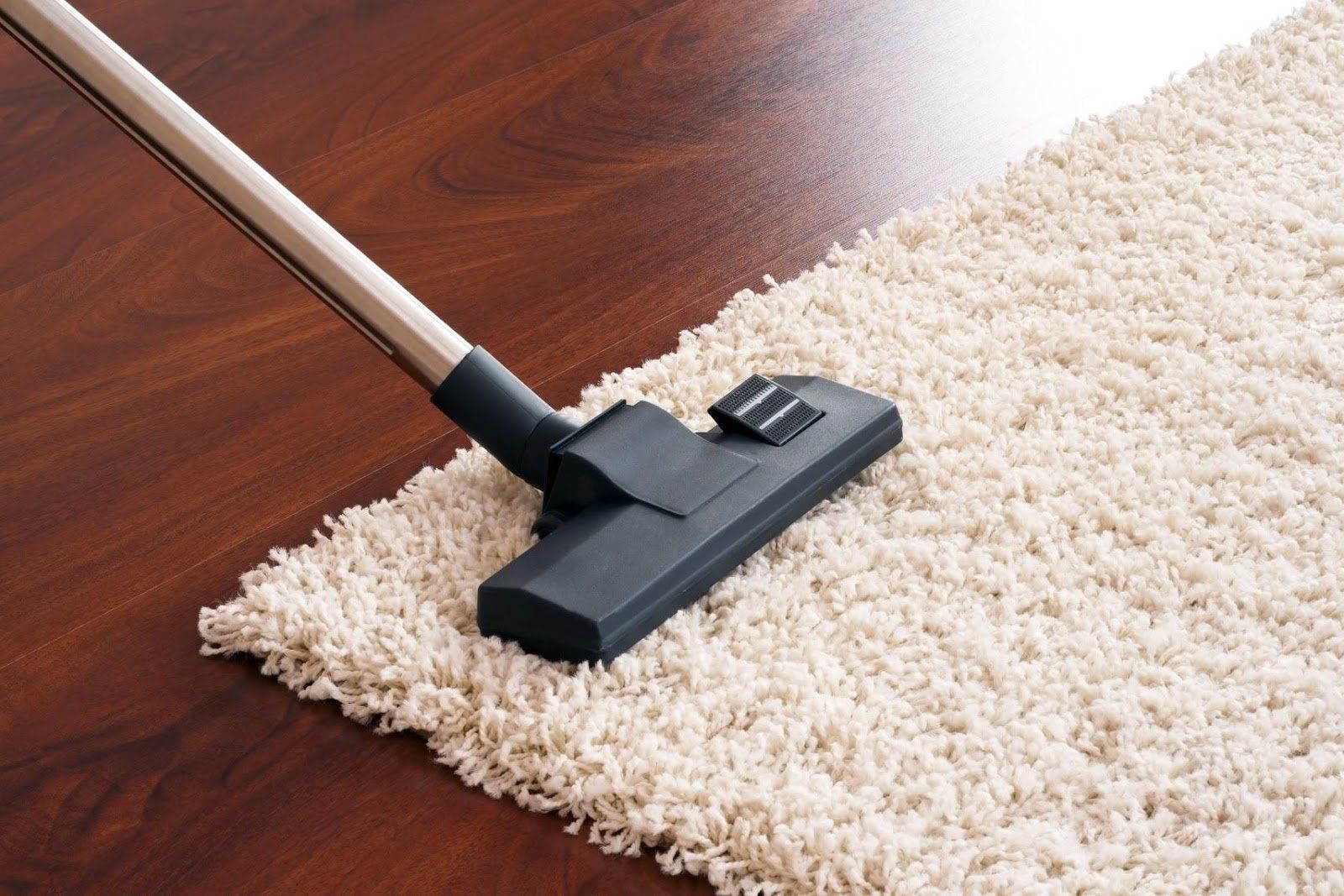How to Move Your Home Office
April 1, 2020

Do you work from home? While this type of employment arrangement is convenient on many different levels, it can also present challenges before, during, and after a major move. Simplify the process, and take a look at the top tips for moving your home office.
Create a Timeline
What should you pack first? Before you start to put files in boxes or disassemble your desk, create a home office moving timeline. To create the ideal moving timeline for your business and home office needs:
- Review your work schedule. Do you have meetings, conference calls, presentations, or assignments due soon? How do these fit into your home move? Plan to prep and pack around your work schedule and business needs.
- Decide what you need to use now and later. Will you need specific files or a piece of office equipment (such as a printer) immediately before your move? If you'll use office items up until your moving day, plan to pack these last.
- Discuss packing plans with other household members. If you don't live alone, you need to plan with your family. This can help you to avoid a noisy packing environment during your regular work hours.
Use a notebook, spreadsheet, or an app to plan your timeline. The specific length of your time frame depends on your business, packing, and moving needs. Ideally, you'll have plenty of time and can create a countdown that includes months or weeks. But if time isn't on your side, prioritize the major moving activities and create a condensed plan.
Pack and Protect Electronics
Your computer, tablet, printer, and other electronic devices are essential pieces of your home office — meaning you need to pack these items safely. Reduce the risks of damage with a secure packing strategy. If you're not sure where to start:
- Use the original packaging. Do you still have the box, bubble wrap, and foam fillers that came with the original packaging? If you do, use as much of this packing material as possible.
- Cushion wisely. A single sheet of bubble wrap won't provide enough cushion for your heavy printer. Use multiple layers, towels, or other cushioned packing materials for extra protection.
- Create tight spaces. A loosely packed box leaves room for your delicate electronic item to move around, leading to damage during the transport process.
- Use moving pads. Moving pads or quilts add extra protection for larger or awkwardly-shaped items.
Don't forget each item's manual and accessories. Pack the directions, cords, and anything else you'll need to use the device in the box with it. This makes unpacking, and getting back to work, easier.
Move Sensitive Documents Safely
Do you have sensitive or confidential business files? Don't leave these items open for the movers (or anyone else who will help you to move) to see. To pack and move sensitive or confidential business items:
- Organize everything first. Separate sensitive and confidential documents from other business files. Create an organizational system that allows you to quickly and easily identify each. This could include color coding, numbering, lettering, or something similar.
- Use solid boxes or bins. Skip clear plastic bins or file folders. Only use solid colored or cardboard containers for these sensitive items.
- Keep some items with you. Extremely sensitive documents shouldn't go on the moving truck. Pack these in a box to move with you.
You may not need to take old bank records, contracts, client files, or other similarly sensitive documents with you. Don't throw these in the trash with the rest of your home's moving garbage. Instead, shred and dispose of these items separately.
Do you need help with your home office move? Contact
O'Sullivan Moving & Storage Co.for more information.
















